*** Proof of Product ***
Exploring the Essential Features of “Anthony Seeger – America’s Musical Heritage”
America’s Musical Heritage
Build an epic playlist of more than 200 years of musical sounds and styles drawn from all four corners of the United States of America.
LECTURE (12)
01:Inheriting America’s Musical Traditions
Use classic children’s music—everything from jump rope rhymes to lullabies—as a fascinating window into America’s musical traditions and how they open up a plethora of musical doors and memories. Also, get an introduction to some of the many incredible treasures contained in the Smithsonian Folkways Recordings series.
02:American Revolutionary and Wartime Music
American music has shaped the meaning of war, making it a more shared experience. Take a closer listen to music from the Revolutionary War (“The President’s March”) and the Civil War (“I’m Going Home to Dixie”), as well as anti-war songs including “I Didn’t Raise My Boy to Be a Soldier.”
03:European Empires and American Music
The United States is built on a foundation of pre-existing musical heritages from people who were already in North America before the nation was born. Survey the musical traditions of the British, French, and Spanish empires, as well as influence from Indigenous groups—some of which still endure to this day.
04:Minstrel Shows and Variety Shows
In this lecture, Professor Seeger wrestles with the development of American minstrel shows in the 1830s, with their roots in slavery and racial stereotypes. Then, he reveals how these problematic shows laid the groundwork for other musical traditions, including circuses, medicine shows, and the popular entertainment known as vaudeville.
05:Music of American Movement and Dance
From square dances (the official state dance in over 20 states) to the waltz (one of America’s earliest dance crazes), investigate the relationship between movement and music in the United States. Discover how the human body can synchronize itself to an external rhythm—a response known as rhythmic entrainment.
06:Hymns, Spirituals, and Chants in America
Examine the main strands of religious music in the United States. Among the many you’ll look at are spirituals (both European and African variations); religious chants from Catholic, Jewish, and Muslim traditions; and ring shouts and shape-note singing. Also, spend time with popular compositions like “Northfield” and “Amazing Grace.”
07:Brass Bands, Powwows, and Folk Festivals
How does music bring like-minded people together? In this lecture, turn to three traditions of voluntary, public music in America: brass bands, powwows, and folk music festivals. Learn how each tradition—despite their unique sounds and histories—offers fellowship, reinforces bonds, and helps foster a sense of communal history.
08:American Music of Politics and Protest
In the United States, the ties between music and political and protest movements are deep and long-standing. Here, explore political parodies known as “zipper songs” and iconic songs about disenfranchised women, workers, and African-Americans, including “Bread and Roses,” “Solidarity Forever,” and “We Shall Overcome.”
09:The Banjo: An African Gift to American Music
Follow the story of the banjo, a musical instrument whose development is intertwined with larger American themes of slavery, conflict, struggle, ingenuity, and musical inventiveness. Plus, learn how musical instruments change shape and sound, and deepen your understanding of the ways we interpret cultural and musical ownership today.
10:The Roots of Country Music in America
Visit the Appalachian region of the Southeast and unearth the roots of “country music” (a term that wasn’t used until the 1950s) in mountain “hillbilly” music. Along the way, consider some of the many tropes of this genre of music, exemplified by a song from 1947 called “Goodbye, Old Paint.”
11:American Piano, Ragtime, and Early Jazz
From concert pianos to player pianos, explore the inner workings of one of music’s most iconic instruments and its many variations. Then, witness the power of the piano in ragtime music (including Scott Joplin’s “Maple Leaf Rag”) and its role in the emergence of jazz, one of America’s most thrilling musical forms.
12:The Musical Gumbo of New Orleans
What makes the city of New Orleans more musically extraordinary than other American cities? The answer: a rare combination of distinct musical and cultural influences coming together in one place. Professor Seeger closes out this course with an appreciation of the importance of place in American music.
DETAILS
Overview
Survey over 200 years of musical sounds and styles that are inextricably linked with the spirit and history of the United States of America.
About
Anthony Seeger
“From hymns and spirituals, to songs of protest, and the national anthem; music has always played a powerful role in American life.”
ALMA MATER University of Chicago
INSTITUTION University of California, Los Angeles
Anthony Seeger is a Curator and Director Emeritus of Smithsonian Folkways Recordings. Additionally, he is a Distinguished Professor of Ethnomusicology Emeritus at the University of California, Los Angeles. Born into a musical family, he is also an anthropologist, ethnomusicologist, audiovisual archivist, record producer, and amateur musician. Professor Seeger received his BA in Social Relations from Harvard University and his MA and PhD in Anthropology from the University of Chicago.
Professor Seeger lived in Brazil for nearly 10 years and spent much of that time as a member of the Graduate Program in Social Anthropology in the Department of Anthropology at the National Museum in Rio de Janeiro. His anthropological research focused on the music and culture of the Kĩsêdjê people (formerly known as the Suyá) of Mato Grosso, Brazil. He also helped establish the Musicology/Ethnomusicology/Music Education MA program at the Brazilian Conservatory of Music.
Professor Seeger later returned to the US to serve as director of the Archives of Traditional Music at Indiana University Bloomington, where he also taught. He then moved to the Smithsonian Institution to assume the direction of the recently acquired Folkways Records and to become the first curator of the Smithsonian’s Folkways archival collection. He established the Smithsonian Folkways Recordings record label, where he was the executive producer for more than 250 CDs as well as a collaborator on DVDs and radio series. He was also the faculty director of the UCLA Ethnomusicology Archive.
Professor Seeger has been active in several professional organizations. He served as president of the Society for Ethnomusicology, president and secretary general of the International Council for Traditional Music, chair of the Research Archives Section of the International Association of Sound and Audiovisual Archives, and vice president of the Brazilian Association for Ethnomusicology. Professor Seeger was elected as a member of the American Academy of Arts and Sciences, and he received a Guggenheim research fellowship, among other grants. He was awarded the Tai Chi Traditional Music Prize for lifetime achievement from the Central Conservatory of Music in Beijing and also received the Lifetime Contribution Award from the Brazilian Studies Association.
Professor Seeger has published three books, four coedited volumes, and more than 120 articles and book chapters on the music and culture of Indigenous Brazilians, Indigenous rights issues, ethnomusicology, audiovisual archiving, American music, intellectual property, and other subjects. Among Professor Seeger’s books are Nature and Society in Central Brazil: The Suya Indians of Mato Grosso and Why Suyá Sing: A Musical Anthropology of an Amazonian People. With Dr. Shubha Chaudhuri, he coedited Archives for the Future: Global Perspectives on Audiovisual Archives in the 21st Century. Additionally, he produced and presented a 1988 series of six 30-minute radio shows for the BBC on American traditional music. Professor Seeger now lectures in the US and abroad.
Please see the full list of alternative group-buy courses available here: https://lunacourse.com/shop/

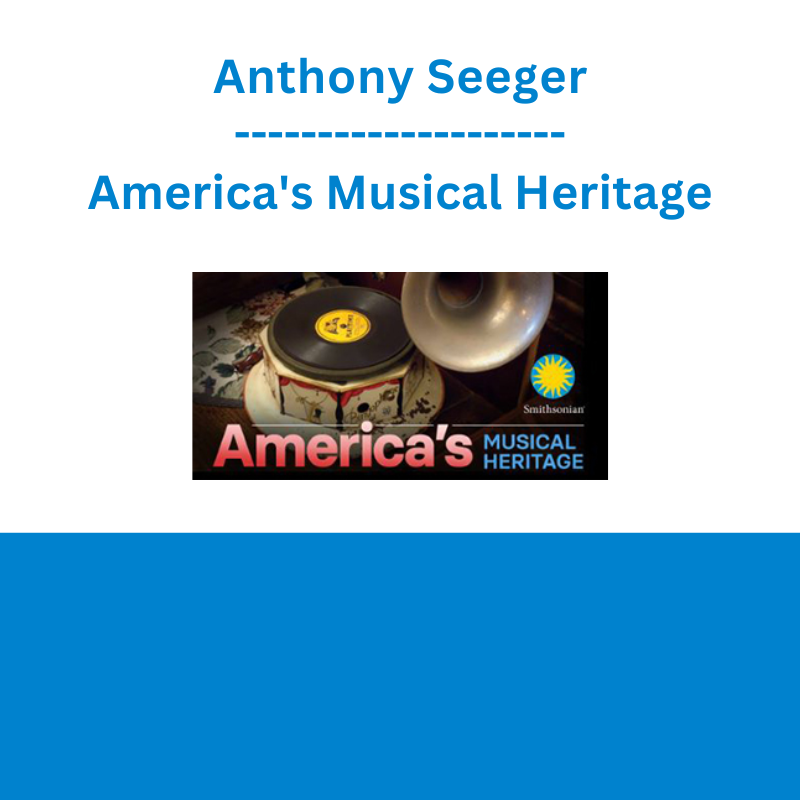
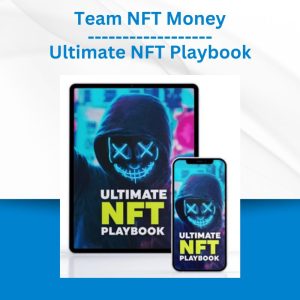


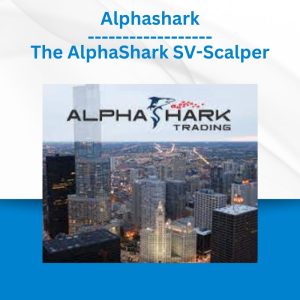

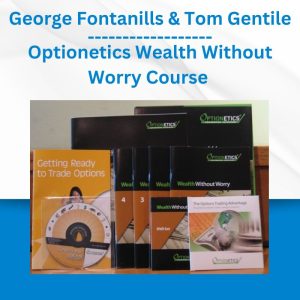
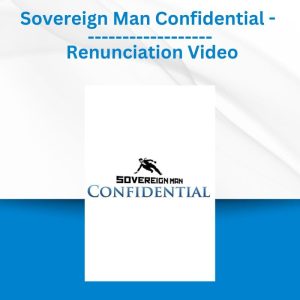

 Dave Landry - Stock Selection Course
Dave Landry - Stock Selection Course